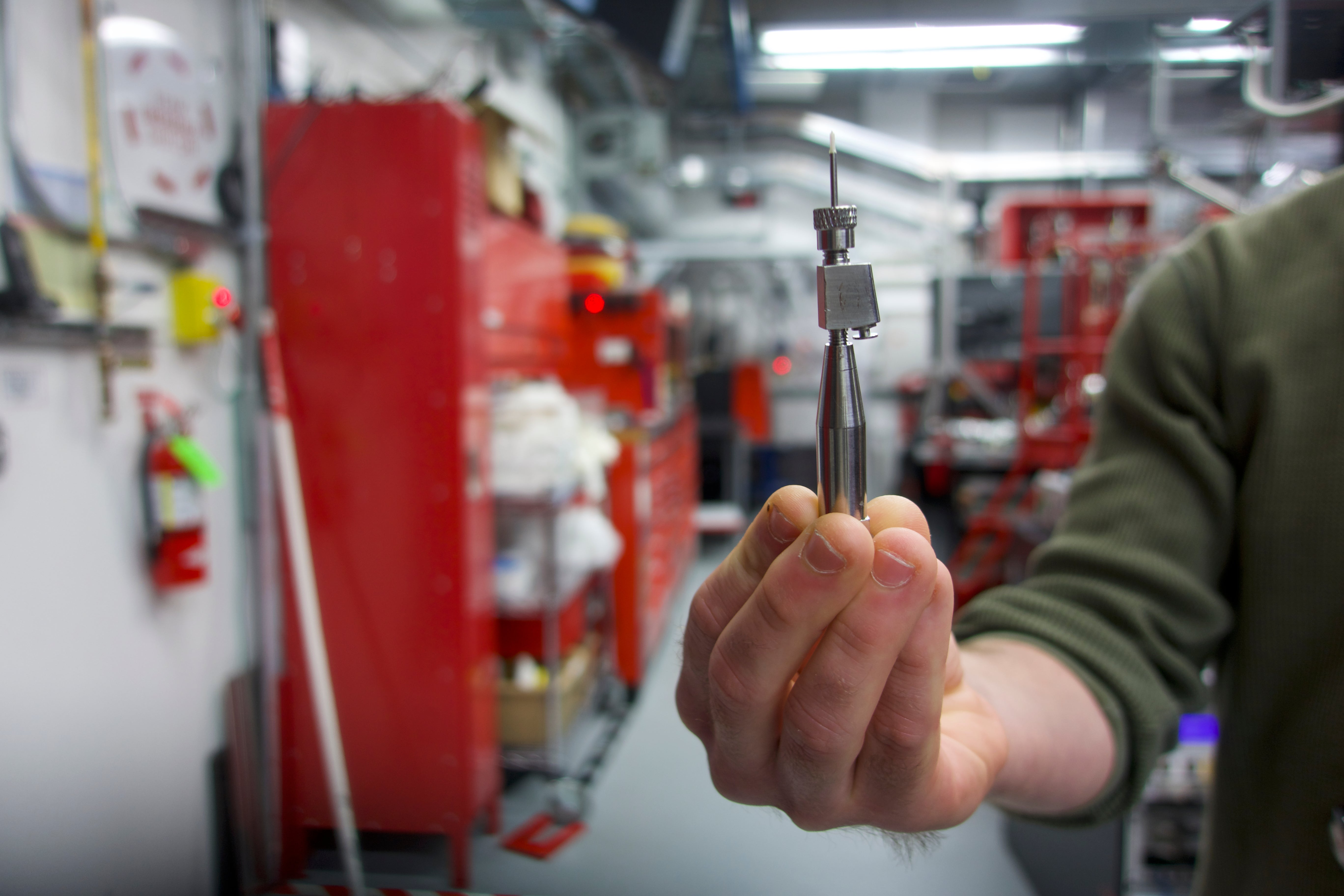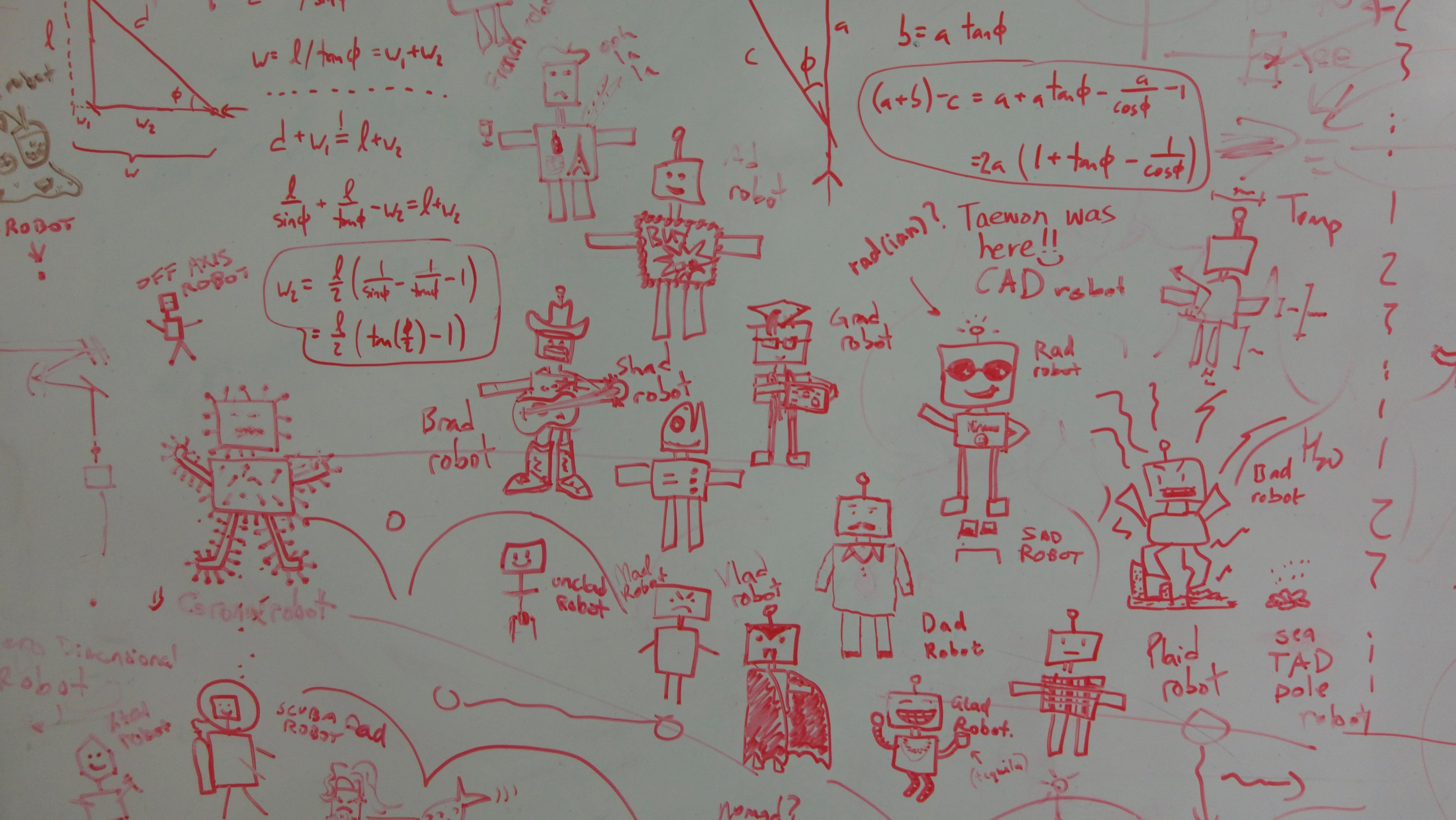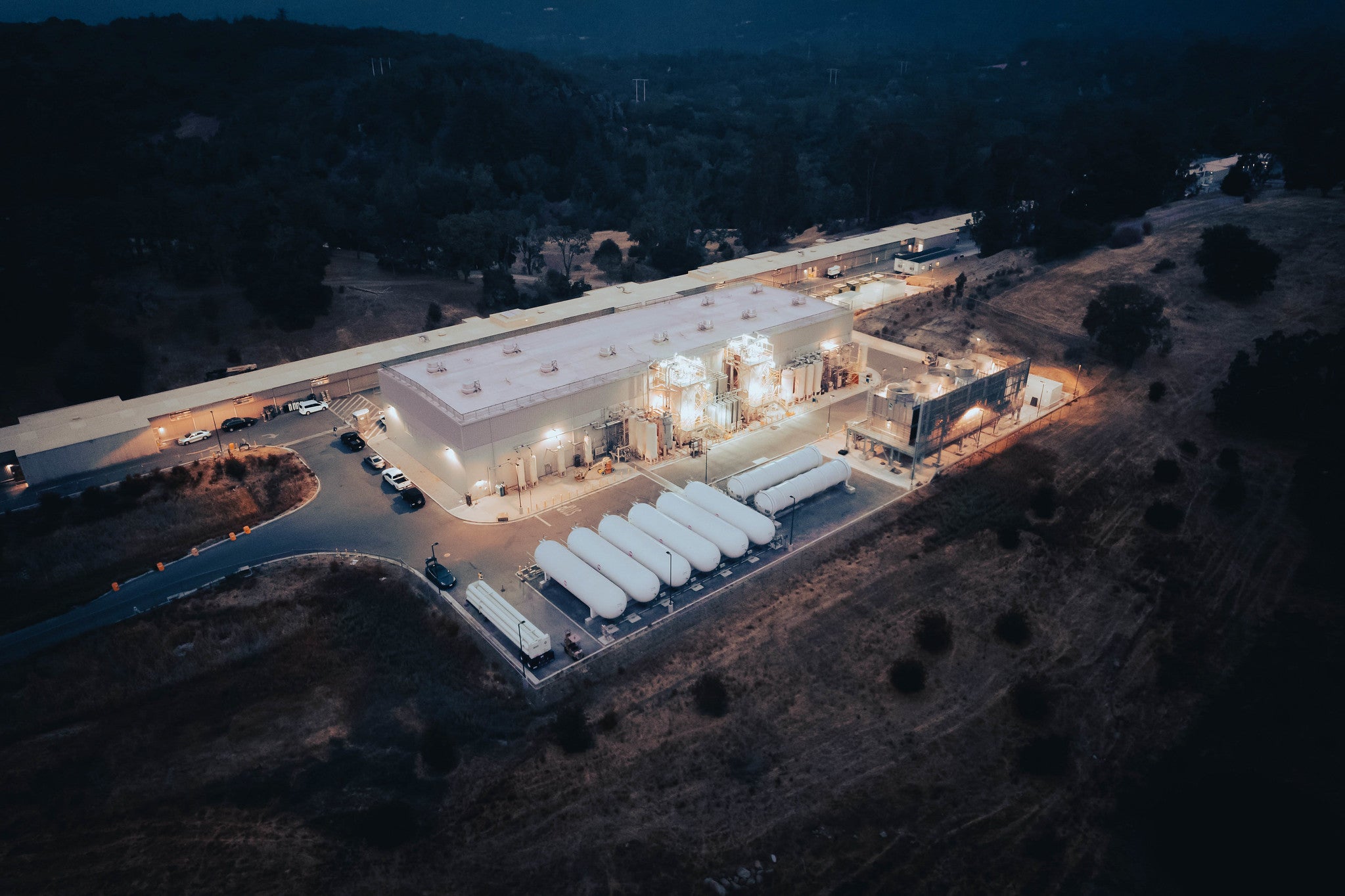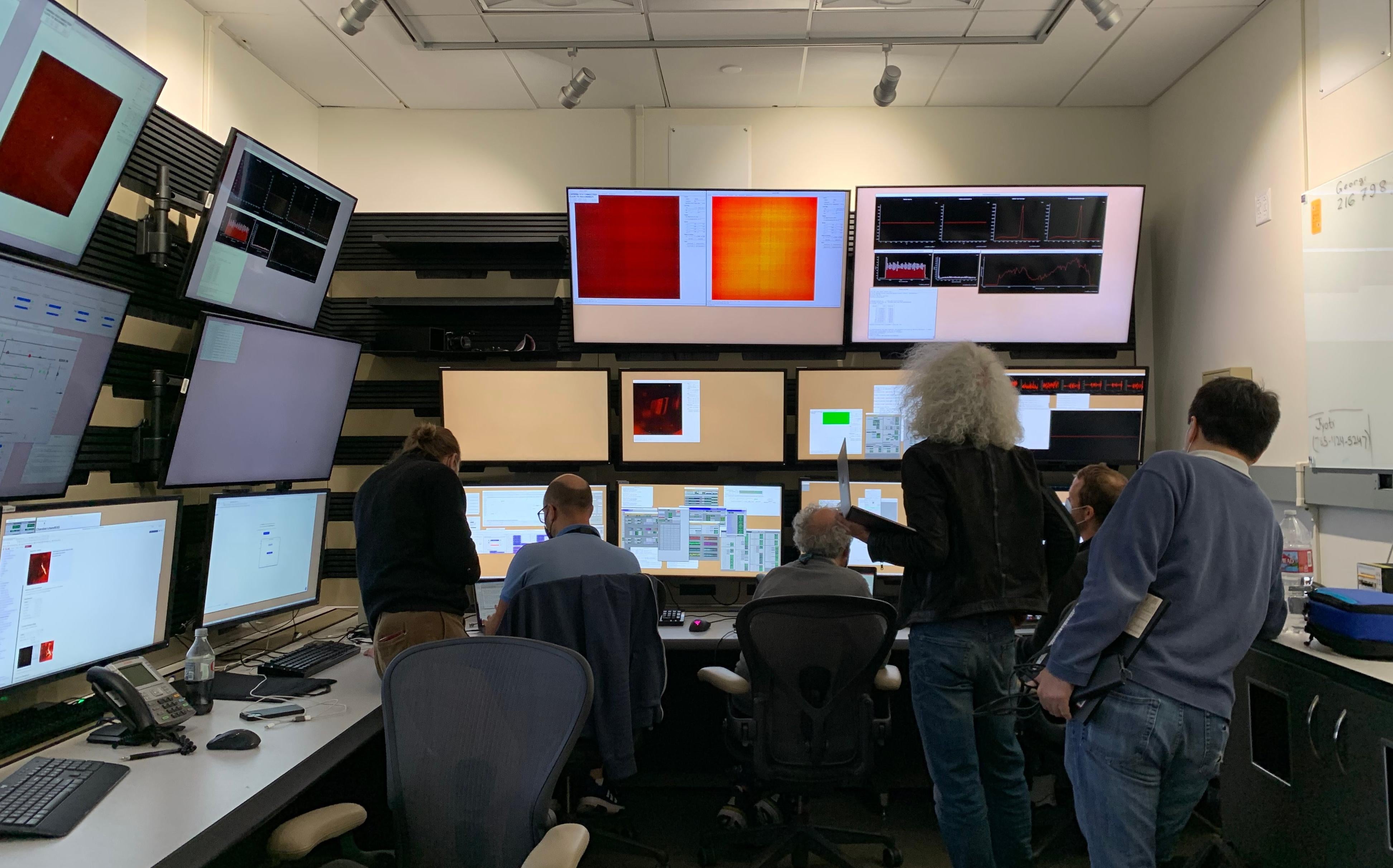Scientists are preparing to unleash an extraordinarily powerful X-ray beam that will help reveal how the universe works at the tiniest scales. The beam is made possible thanks to an upgrade to the 3 km-long particle accelerator in Menlo Park, California, which will energize electrons to 99.9999999% the speed of light — around 670 million miles per hour — to create images that will hopefully untangle mysteries like the underpinnings of photosynthesis and how materials conduct electricity.
The new X-rays at the Stanford Linear Accelerator Centre will be a billion times brighter than those produced by the previous setup, an improvement that will usher in a new age for research into materials and atoms. This sort of science trickles up to alter our understandings of bigger things, like the electric grid, computers, and new medicines.
All that needs to happen now is the cool-down of the accelerator to -456° Fahrenheit and the tuning of the entire structure so that the electrons travelling through it can move fast enough to generate 1 million X-ray pulses per second. The cool-down of the laser began in March and should finish by the end of April.
“In terms of science, it’s important for the nation — for the world — because, through science advancements, we all get better smartphones and can talk to our remotes, and all these other things that we can build that most of us take for granted,” Andrew Burrill, associate lab director for the Accelerator Directorate, told me last fall. “Most people don’t care how the refrigerator works; they just want it to work. Same with our smartphones, the same with our internet providers. But through these science advances, it helps improve all these things.”
The new laser is called Linac (for linear accelerator) Coherent Light Source-II, and it will function alongside its 13-year-old predecessor. The original LCLS is the world’s first hard X-ray free electron laser — that means it produces the highest-energy X-rays (the last stop before gamma rays on the electromagnetic spectrum) by moving around electrons that are unattached to atomic nuclei. LCLS accelerates electrons across 3 km of tubes, generating 120 X-ray pulses per second. At the far end of the accelerator, researchers aim the X-ray beams at their experiments, generating images far, far more detailed than anything you’d get for a broken bone. The new LCLS-II functions similarly, but its X-ray output jumps to 1 million pulses per second — beyond what any other facility is capable of today — using superconductors.
LCLS-II has major implications for improving everyday tech. Unless you are very stubborn (and careful), the cell phone you use today is not the same one you had in 2010. In fact, the battery of whatever phone you used a decade ago probably conked out long ago. But last year, research out of LCLS produced a new battery design that would reduce the weight of a heavy battery component by 80% and automatically extinguish any battery fires. Improvements to modern products like medicines and smartphones are made on the smallest scales — problem solving on the atomic level, which changes the shape and design of the macro-scale objects of our daily life.
The Instruments
Different sorts of inquiry at SLAC — whether researchers are probing organic material or exploding little bits of metal — use different instruments. LCLS-II’s X-ray pulse upgrade will help across the board, allowing scientists to make movies of reactions on the molecular scale. With a million pulses per second, SLAC is effectively upgrading those molecular movies from stop-motion to 4K.
The Coherent X-ray Imaging instrument can be used, for example, to see how a protein found in cyanobacteria reacts when it’s pulverised with a laser. LCLS-II will improve how much scientists can see of that reaction. “The idea is, at the moment, we sample in front of the X-ray beam [to capture the reaction], but a lot gets wasted because there’s gaps between the X-rays,” said James Baxter, a biophysicist at Columbia University. “But when we have more X-rays coming in, we’re going to get more shots to get data in a quicker way, more efficiently with less sample.”

Consider a strobe light at a rave. If the strobe is flashing quickly enough, you basically feel like the light is on. If that flashing is staggered out, you’re only getting glimpses of the room between darkness. Baxter noted that “it’s good fun, these experiments;” perhaps another similarity to raves. Researchers like Baxter are called users, and they take over a given instrument for three to five days while they conduct their experiments. SLAC-affiliated beamline scientists are on hand for support and can edit the electron beam to the researchers’ specifications.
When I visited SLAC in October, Andrej Singer, a physicist at Cornell University, and his team were working with the X-ray Correlation Spectroscopy instrument to see how a sample of calcium ruthenate jumped from an insulator to a metal — a transition that greatly reduces the material’s electrical conductivity and happens in a picosecond. (LCLS images at femtosecond timescales, or one-thousandth of a picosecond, which is itself one-trillionth of a second.) “We’re interested in imaging condensed matter systems at ultrafast time scales,” Singer said, adding that, with LCLS-II, “we would be able to improve the resolution by [a factor of] five or 10. And we’ll obviously see things that we can’t see now.”
The Laser
On any given day in these experimental halls, the fundamental processes that make up the world around us are probed or pushed to their limits, and the data collected from the experiments is relentlessly interrogated. The halls are decorated with Hello Kitty wallpaper, luchador memorabilia, and doodles that showcase the many personalities working amid the powerful equipment. Pipes carrying X-rays from the accelerator run through the experimental hutches like a high-energy bloodstream that researchers draw from when it’s their turn to run an experiment. When the laser is active, a bright purple indicator light flips on in every room.

In the linear accelerator is an extensive alarm system, plus rooms to shelter in, in case of a helium leak or radiation issue. When researchers on the receiving end are about to run their experiment, they search all four corners of their hutch, calling out “searching!” explained Elisa Biasin, a staff scientist at Pacific Northwest National Laboratory. Once they’re sure the hutch is clear of humans, there are special doors that seal the room from the rest of the building. “X-rays are dangerous because they can ionize material,” Biasin said, and “you don’t want to ionize something like the soft tissues of your body.”
Being hit by the laser beams can turn materials “into soup,” explained Benjamin Ofori-Okai, a physicist at Stanford University and a Panofsky Fellow at SLAC. Heard from nearby, the reactions can sound like a ‘pop,’ he said.
The “soups” those materials turn into are plasmas, a tricky material to work with. But LCLS comes in handy. Plasmas “tend to reflect a lot of light, and that means that if you want to use lights to interrogate it, that’s hard,” Ofori-Okai said. “The exception is X-rays. It turns out X-rays go through plasmas really, really well. And so that’s why LCLS as a tool is uniquely capable for probing these kinds of complicated systems.”
The Tubes
LCLS-II manages so many more pulses than its predecessor because, instead of sending the electrons down a copper tube, it beams them through a series of cavities made of superconducting niobium metal. If you tried to send so many electron pulses through the LCLS copper tubes, they’d melt.
The 37 superconducting tubes are called cryomodules, because their superconducting capability is thanks to their near-absolute zero temperature; the cryomodules will be chilled to -456° Fahrenheit (2 kelvin). They provide a practically frictionless pathway for the electrons to make their 3 km journey.
The electrons for LCLS-II will be generated by an electron gun, a small accelerating structure unto itself. A cesium-telluride photocathode (photocathodes are surfaces that convert photons — particles of light — into electrons) is shot with ultraviolet light by a drive laser, emitting scores of electrons. There’s a radiofrequency field within the gun that excites the particles, and they’re released straight into the first accelerating cryomodule.
Above all this hubbub is a building that runs the entire length of the below-ground accelerator. It’s routinely described by SLAC personnel as the longest, straightest building in the world. This is the klystron gallery, so-named because it houses 1,134 kg, 1.83 m-tall canisters that generate pulses of microwaves on which the LCLS electrons ride. Each klystron is 60,000 times more powerful than a microwave oven. Riding these pulses helps keep the electrons — which naturally repel one another, being all of the same charge — together in bunches, which is important for generating X-rays at the other end.
Besides the klystrons in the gallery, there are also solid-state amplifiers, which are to LCLS-II what klystrons are to the original LCLS. These amplifiers generate radio frequency that’s delivered via tubes into the cryomodules some 7.62 m below. “They just surf on the RF wave,” as Burrill puts it.
The cryomodules carry liquid helium, which is cooled in a nearby building called the cryoplant, built over the last four years specifically to enable the supercooling of the linear accelerator. The cryoplant is filled with an assemblage of vats holding nitrogen and helium — one signed by Rick Perry, a former secretary of energy — and, without it, the entire operation would be a dud.

Because those tubes are not in vacuum, but the electrons in the cryomodules are, the radiofrequency waves pass through a ceramic disc on the side of the accelerator called the window, which prohibits air from entering the vacuum but allows the waves to pass. Once the LCLS-II electrons are through the cryomodules, they pretty much sail at breakneck pace to the last stops on this nearly light-speed train.
Those stops are the undulators on the tail end of the accelerator, which guide the grouped electrons through the tubes using a series of magnets. The magnets have alternating charges, making the electron groupings bounce to and fro, all the while emitting X-rays. And these X-rays are of two flavours: There are hard X-rays, so-called for how energetic (or “bright”) they are, and soft X-rays, which are less bright but more delicate in their treatment of sampled materials. There are also tender X-rays, a hybrid of hard and soft X-rays, which can offer unique glimpses at materials that have components better seen in both hard and soft rays. Where LCLS was limited by pulse rate (as SLAC didn’t want to melt the copper accelerator), the superconducting accelerator streams electrons without interruption.
“Now that there’s a lot more photons, there’s a lot more X-rays to do science with,” Burrill said. “If you’re collecting data… it takes a long time at 120 shots a second. But at a million shots a second, it doesn’t take any time at all.”
The Lab
Before LCLS-II and LCLS, there was SLAC. Founded in 1962 by physicists with Stanford University who wanted to understand the basic building blocks of the universe, SLAC is a bunch of laboratories south of San Francisco that have produced extraordinary science. The first discovery at SLAC had nothing to do with elementary particles; as the site was being excavated, workers stumbled across the fossilized skeleton of a Miocene mammal. Since that first discovery, though, they’ve mostly stuck to physics, and SLAC scientists have since been awarded four Nobel Prizes — one in chemistry and three in physics — the latter being for the discovery of the charm quark (1990), the quark model of particle physics (1990), and the tau lepton (1995).

Over years of research at SLAC, some scientists realised they could take advantage of a side-effect of their collision experiments: that when electrons change trajectory, they emit radiation. That side-effect was annoying for people trying to see how particles collided, but it’s extremely useful for anyone trying to get their hands on high-energy X-rays for imaging.
The extraordinary project of LCLS-II is nearly over the line, but the final steps are as essential as they are complicated. Eric Fauve, who manages the cryoplant, said in an email that “cool-down is happening now” and “we expect to achieve our first light milestone of making X-rays in late fall of 2022.”
But any multimillion-dollar physics project worth its salt has plans not only for its next upgrade, but the upgrade after that. Some researchers, including Ofori-Okai and physicists trying to find dark matter, are looking forward to the high-energy update to LCLS-II, aptly called LCLS-II-HE.
“Remember that when SLAC was founded, it was a particle physics lab,” Ofori-Okai said. “LCLS is arguably the principal value product of SLAC right now, or at least the thing it projects most outwardly, and it did not exist and nobody thought it would be a thing. Nobody in high-energy physics cared at all about the idea of femtosecond X-ray pulses.”
That’s certainly changed, though even the X-ray pulses soon to go live with LCLS-II will eventually be replaced with some better technology. But the jump from 120 pulses per second to a million is monumental. So perhaps it’s worth savouring these bright X-rays and the vast number of machines, logistics, and people necessary to create them before moving on to the next big thing… if only for a femtosecond.
